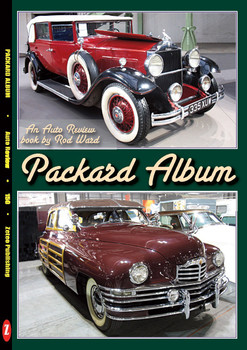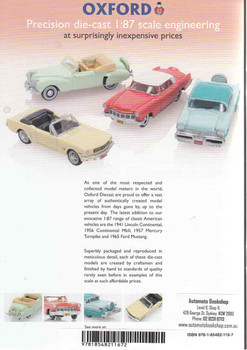Description
Author: Rod Ward, Softbound, 31 Pages, ISBN: 9781854821143
It may seem quaint and archaic to recall this in the 21st century, but as a small child in Lancashire in the late 1940s the author would see more deliveries by horse-drawn vehicles than by motor vehicles. Donny Green delivered milk in churns with a two-wheeler float. The Co-op had two four-wheel horse vans; one from the bakery, the other delivering the weekly grocery order from the local shop. Coal came in sacks on a flat ‘lurry’, the rag and bone man had a similar cart, and beer was delivered to the local pub by a horse dray. Only 30 years earlier the author’s grandfather made deliveries from his butcher’s shop with a ‘little mare and a trap’ (though in fact his ‘trap’ was a Liverpool Gig). On the other side of the Pennines, Ringtons still delivered tea with small horse-drawn vans. Householders looked out for manure dropped in the road by all these horses; it would be immediately scraped up and added to the compost heap. Other horse-drawn vehicles which persisted for longer than one might expect included the Governess Cart, which was still produced into the 1930s, because few ‘nannies’ could drive a car when taking their small charges for outings. Whenever there was a fuel shortage or petrol rationing, horse vehicles would reappear on the streets; in 1939, in the 1956 Suez crisis and even during the 1973 Arab oil embargo.
Here we collect together descriptions of vehicles drawn by horses (and some other animals). We have mostly concentrated on the British Isles, with some mentions of the USA; apologies to readers elsewhere; horse-drawn vehicles have been used in almost every country in the world. Some of their stories are also told in thematic contexts in other Auto Review publications, notably taxicabs (Auto Review 36), Hearses (Auto Review 71), holiday coaches (Auto Review 33), and










